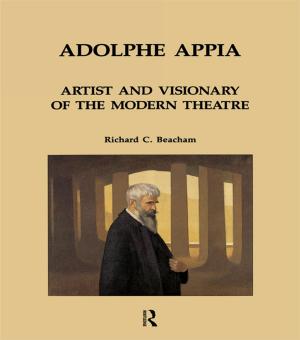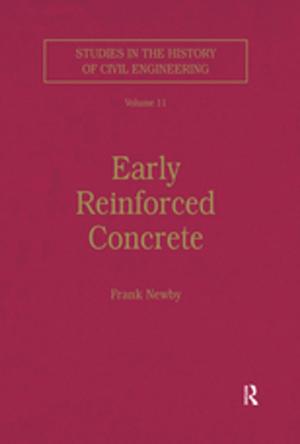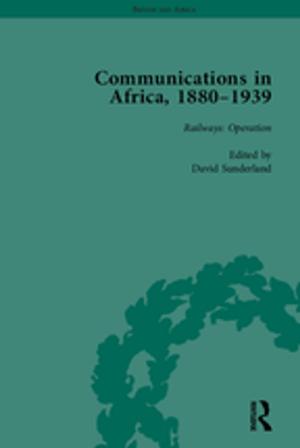Theory and Practice of Writing
An Applied Linguistic Perspective
Nonfiction, Reference & Language, Language Arts, Linguistics| Author: | William Grabe, Robert B. Kaplan | ISBN: | 9781317869115 |
| Publisher: | Taylor and Francis | Publication: | September 25, 2014 |
| Imprint: | Routledge | Language: | English |
| Author: | William Grabe, Robert B. Kaplan |
| ISBN: | 9781317869115 |
| Publisher: | Taylor and Francis |
| Publication: | September 25, 2014 |
| Imprint: | Routledge |
| Language: | English |
This book undertakes a general framework within which to consider the complex nature of the writing task in English, both as a first, and as a second language. The volume explores varieties of writing, different purposes for learning to write extended text, and cross-cultural variation among second-language writers.
The volume overviews textlinguistic research, explores process approaches to writing, discusses writing for professional purposes, and contrastive rhetoric. It proposes a model for text construction as well as a framework for a more general theory of writing. Later chapters, organised around seventy-five themes for writing instruction are devoted to the teaching of writing at the beginning, intermediate, and advanced levels. Writing assessment and other means for responding to writing are also discussed.
William Grabe and Robert Kaplan summarise various theoretical strands that have been recently explored by applied linguists and other writing researchers, and draw these strands together into a coherent overview of the nature of written text. Finally they suggest methods for the teaching of writing consistent with the nature, processes and social context of writing.
This book undertakes a general framework within which to consider the complex nature of the writing task in English, both as a first, and as a second language. The volume explores varieties of writing, different purposes for learning to write extended text, and cross-cultural variation among second-language writers.
The volume overviews textlinguistic research, explores process approaches to writing, discusses writing for professional purposes, and contrastive rhetoric. It proposes a model for text construction as well as a framework for a more general theory of writing. Later chapters, organised around seventy-five themes for writing instruction are devoted to the teaching of writing at the beginning, intermediate, and advanced levels. Writing assessment and other means for responding to writing are also discussed.
William Grabe and Robert Kaplan summarise various theoretical strands that have been recently explored by applied linguists and other writing researchers, and draw these strands together into a coherent overview of the nature of written text. Finally they suggest methods for the teaching of writing consistent with the nature, processes and social context of writing.















